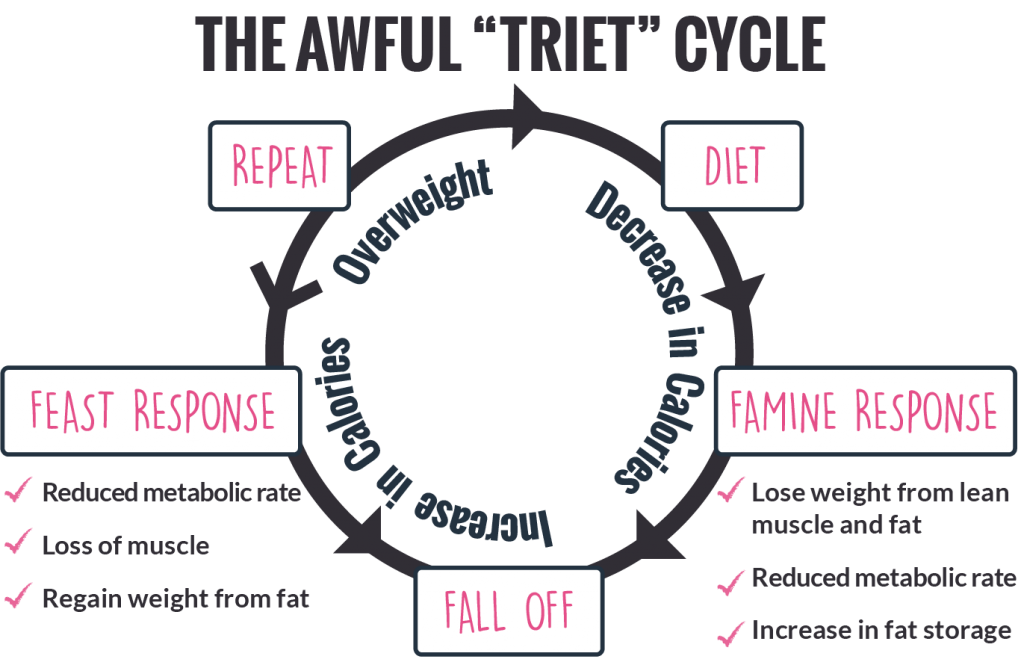 Nutrition Challenge Day #1: No Added Sugar
Nutrition Challenge Day #1: No Added Sugar
If you are taking on the 5-day #fitbody challenge, you’ve come to the right place! Everyone has been writing me and asking, “what does no added sugar mean?”
Today, and ideally for the next 5 days, we’re going to start noticing where that added sugar comes from, and kick it to the curb.
The goal of this challenge is to STOP SABOTAGING our workout effort by “nickel and diming” our sugar intake away with added sugar. Because sneaky, added sugar is the cause of so much weight gain, inflammation and health problems, it’s worth finding out which foods you’re eating regularly contain it. There are so many alternatives that taste better, and are infinitely better for your body that won’t cause the long-term negative effects.
(find your challenge workout video by scrolling down)
Here are the guidelines for the nutrition part of today’s challenge, and some info about sugar you’ll want to know.
1. Don’t add sugar to your coffee or put it on or in anything you’re ingesting (great alternatives include cinnamon, a little full-fat coconut milk, steamed almond milk, sprinkle of cacao powder)
2. Don’t eat foods with added sugar (not sure? Read your food labels. If sugar or any kind of sugar derivative is listed – even natural sugars – skip it).
3. It’s okay to eat fruit – it contains fiber and other phytonutrients – but keep it to 2 servings.
Did you know that the American Heart Association recommends no more than 36 grams of sugar per day for men, and no more than 24 grams per day for women? That is the equivalent of just 9 tsp of sugar and 6 tsp of sugar.
If we just ate foods that contained sugar naturally (for example milk has lactose, which is a natural milk sugar, fruit has fructose, a natural fruit sugar) we would reach that cap naturally through the course of the day.
The problem isn’t those foods at all, it’s all the foods that aren’t in their natural form that have had sugar added to them “to make them taste good.”
You can solve this by getting in the habit of reading the ingredients list, and checking the food label for grams of sugar. In 2016, the FDA updated the way food manufacturers are supposed to display added sugar on the food labels. See if you can spot this, but when all else fails it’s safe to just READ THE INGREDIENTS.

This can be tricky if you’ve never tried it before – but here’s why you should: many common products you wouldn’t expect have sugar added in various forms.
Foods like bread, condiments, pasta sauce, flavored non-dairy milk, creamer, most cereals and salad dressing often have added sugar. What can you do? Look for the ones that don’t, try something else, or make your own.

You can also add spices like nutmeg and cinnamon to your coffee for a little natural flavoring without the sugar. And if you’re thinking maybe Equal or Sweet n Low would be a better choice in your coffee than a couple spoonfuls of sugar, keep reading….
Alternative sugar products can make you think they’re the smart choice – but alternative sweeteners have the same potential to trigger an insulin response by tricking your brain and body into thinking its having the real thing. Not to mention, many alternative sugars have been linked to negative health conditions.
Be on the lookout during this challenge for: dextrose, maltodextrin, sucrose, fructose, cane sugar, evaporated cane juice, acesulfame potassium (sold as Sweet One – often combined with aspartame or sucralose to sweeten gum, diet soda and other sweet products), aspartame (Nutri-sweet and equal), saccharin (sold as Sweet n’ Low), stevia (combined with sugar alcohol and sold under brand names like Truvia and Pure Via), erythritol (a sugar alcohol derivative of corn) xylitol, brown rice syrup (and other syrups), high fructose corn syrup (made by treating starch extracted from corn with enzymes to make fructose and glucose) – and if there’s anything on a food label that you think might be sugar, google it.
Let me be clear. There is NOTHING wrong with sweets and treats in moderation, and many of the above sugars aren’t bad sugars. The purpose of this challenge is not to demonize our dessert, is to cut back our consumption of the foods that have sneaky sugar added to them. That sneaky sugar is a serious culprit in weight gain, chronic inflammation and worst of all, long term health issues.
Why should we avoid added sugar?
The problem with added sugar is that it creates situation overload in your system very rapidly. There is a delicate internal equilibrium regulated by your hormones that keeps you energized and tells your body what to do with the nutrients you take in. Food is measured by a scale called the “glycemic index,” which measures how rapidly that food causes your blood sugar to rise. The higher the glycemic index (GI), the faster your blood sugar spikes when you eat that food.
Complex carbohydrates (foods like potatoes, grains, legumes) contain fiber, as well as other nutrients your body needs and digest slowly, providing you with lasting energy. Unlike simple sugars which are so easy to overeat and hidden away in so many processed foods, which absorb rapidly, spiking our blood sugar.
We don’t want our blood sugar spiking, because it causes the hormone insulin to come into play. Insulin, an important hormone that will stabilize your blood sugar also triggers fat storage. Once it does its job, you’ll feel lethargic, sleepy – and crave MORE sugar because you’ll suddenly be feeling low energy. Crazy, right?
It really helps explain why people get into that constant sugar craving cycle, and why it’s so easy to keep gaining weight once you start. Skipping from diet to diet (what I call the “try every diet” or “triet cycle”). Keep that 26 grams per day recommendation in mind and check the food labels on a typical breakfast – between a bowl of breakfast cereal, a cup of vanilla almond milk and a banana, you could already be over 26 grams, and your day hasn’t even started yet!

What kinds of sweeteners are okay?
For the 5-day challenge, fruit is fine, and also stevia, raw honey or pure maple syrup in moderation if you have to add some sweetness. Do your best to leave them out, but you’re not failing the challenge if you really need some in your coffee.
You may also notice that most protein powders have added sugar – often in the form of stevia. This is fine. Just start to notice how much sugar you’re actually taking in inadvertently over the course of a day. In a recent post about protein powder, I suggested some that don’t have sugar added.
You can do it!
Read your food labels, ask questions, and do your best. It can really help to have your food planned for the day, and bring it with you so you aren’t tempted by things around you because you’re hungry. We’re going to do exactly that a few days later in the challenge, so if you want to get a head start, you’ll already be ahead of the game!
Remember, if you slip up don’t beat yourself up. Just get back on track and keep going!
Small steps each day add up to big results! It’s about all or SOMETHING, not all or nothing.
Workout Challenge Day #1: 12-Minute Full Body Shred
3 rounds:
- Plank Hold (0:30)
- Bicycle Crunches (0:30)
- Jump Squat – or body squat – no impact (0:30
- Push Ups (0:30)
- Alternating Forward Lunges (0:30)
See you here tomorrow for Day 2!
For time-saving healthy eating, check out the Body Fuel System!

The Body Fuel System uses my simple, proven Eating Types to make it easy to stay on track. It also gives you healthy, fat-burning recipes and foods you can eat to look and feel your BEST every day!
Recipes like….
This is my signature eating system and it contains 6 weeks of done-for-you meal planning and recipe guides! You will not only learn the strategies that have given me long-term success, but also enjoy the time-saving benefits of having it all planned out for you!
 Nutrition Challenge Day #1: No Added Sugar
Nutrition Challenge Day #1: No Added Sugar